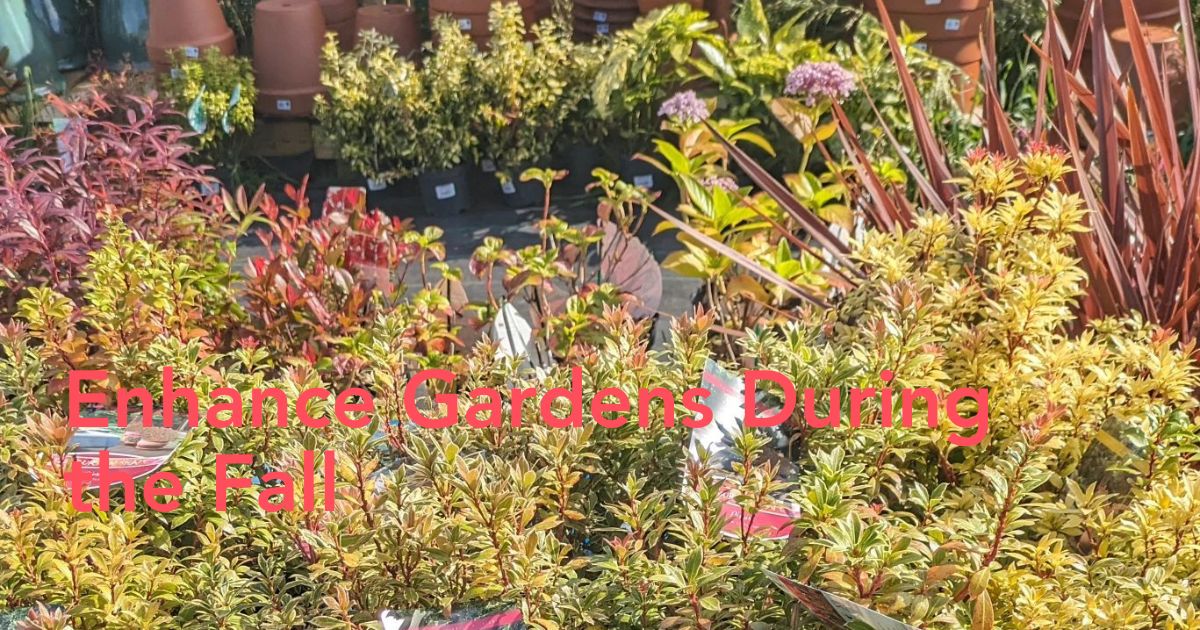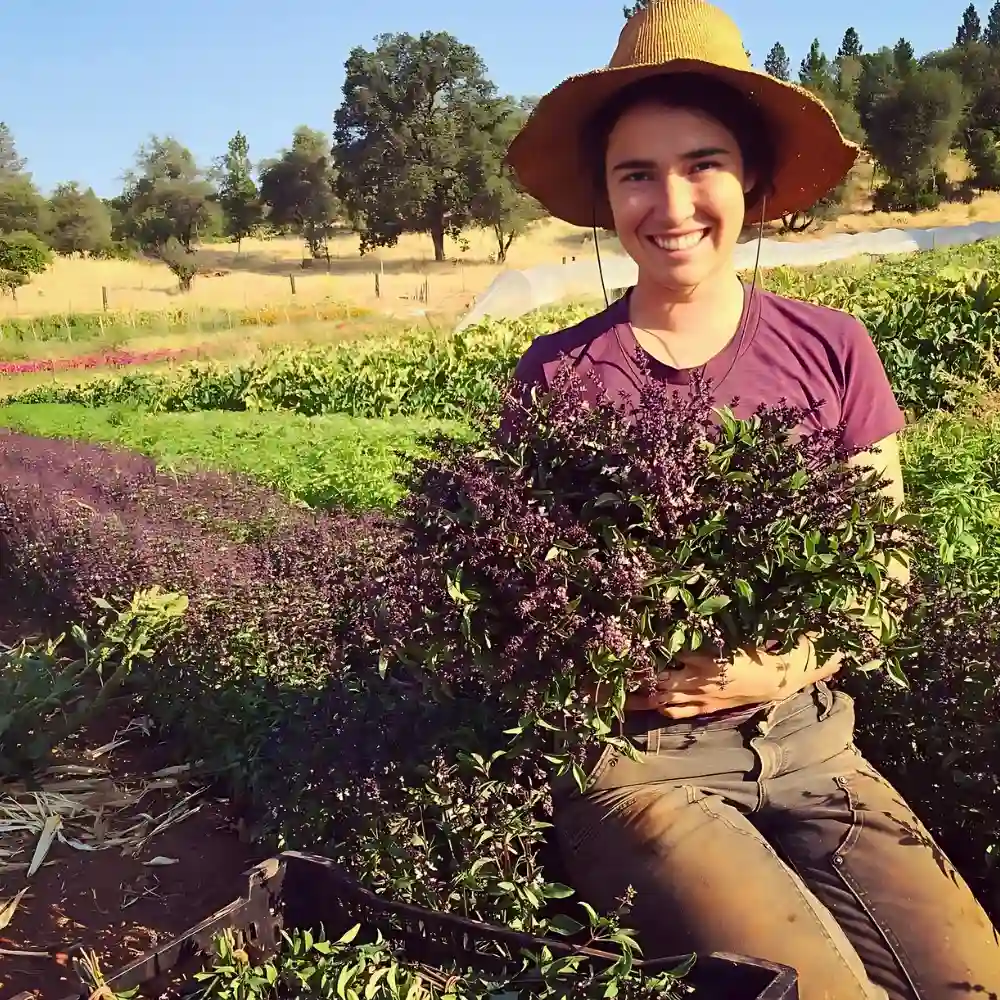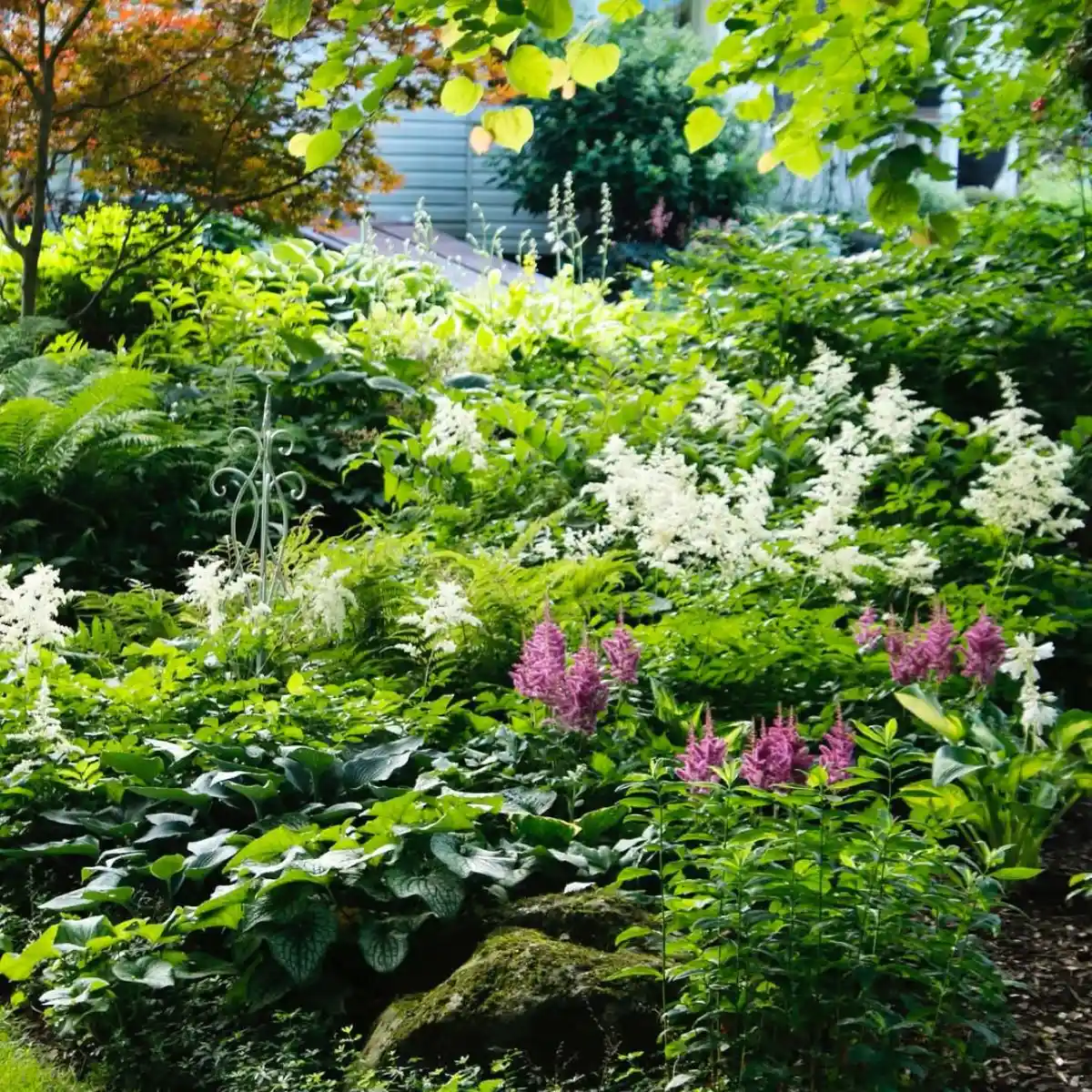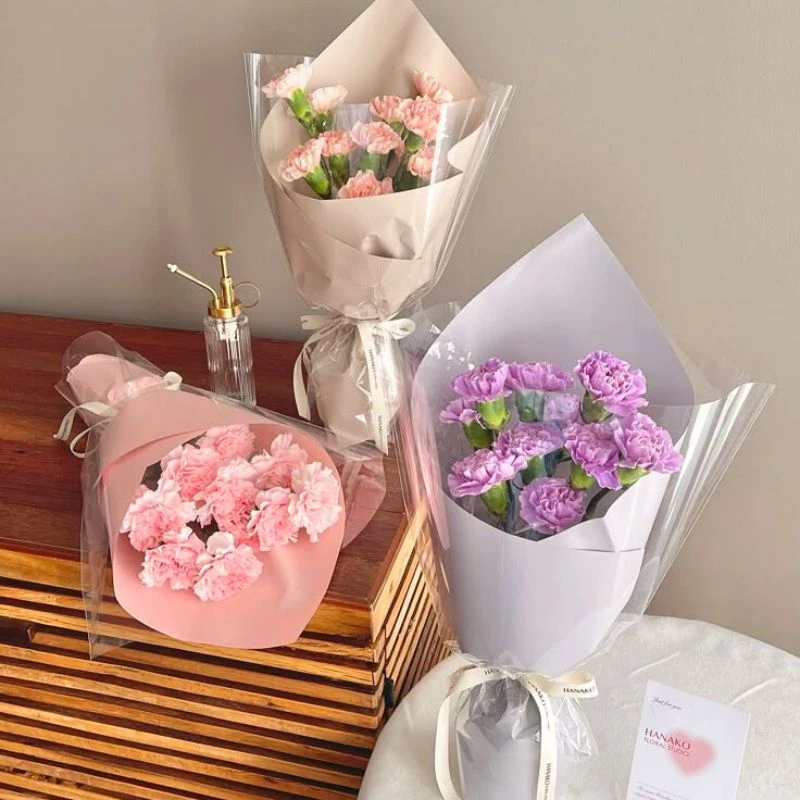As the sweltering heat of summer fades and the crispness of autumn sets in, gardens across the country experience a transformation. While many plants begin to wind down in preparation for winter, others come alive, adding vibrant colors and unique textures to the landscape. Selecting the right flowers and plants is crucial for those looking to enhance their gardens during the fall. Let’s dive into some data-driven insights and explore which plants thrive best during this colorful season.

Trends in Autumn Plant Selections
Recent studies on gardening trends indicate that gardeners are increasingly focused on choosing plants that not only offer aesthetic appeal but also require minimal maintenance as the days grow shorter. According to a 2023 survey by the National Gardening Association, nearly 60% of respondents expressed a preference for hardy perennials that bloom in late summer or early fall, extending the flowering season and ensuring the garden remains lively even as the temperatures drop.
One standout favorite among these selections is the Chrysanthemum, often affectionately called “Mums.” Known for their rich shades of yellow, orange, red, and purple, Mums are cold-tolerant and provide a brilliant splash of color well into November. The survey also highlights a surge in popularity for Asters, a low-maintenance perennial that blooms in various hues of blue, pink, and purple during the fall months, making them an excellent choice for a dynamic garden palette.
The Science Behind Autumn Plant Hardiness
Understanding which plants thrive in autumn requires a look at hardiness zones and temperature data. The USDA Hardiness Zone Map is a useful tool for gardeners, showing which plants are most likely to thrive at a given location. Fall flowers such as Sedum and Russian Sage, both hardy to Zones 3 to 9, have shown resilience to cooler temperatures and light frosts, which are common during autumn.
Data from the American Horticultural Society reveals that plants like Sedum and Russian Sage have adapted to shorter daylight hours by slowing their growth and conserving energy, making them perfect for autumn planting. These plants not only survive but often thrive in conditions where other, more delicate species might struggle.
Using Data to Predict Bloom Cycles
One of the more exciting developments in gardening involves using data analytics to predict bloom cycles. Apps and tools now provide gardeners with predictions on the best planting times based on historical weather data, soil conditions, and plant types. For example, according to data collected by the Plant Phenology Network, certain varieties of ornamental grasses, such as Switchgrass (Panicum virgatum) and Fountain Grass (Pennisetum), reach their peak ornamental stage in mid to late autumn.
These grasses add movement and texture to fall gardens, their seed heads swaying gracefully in the wind and catching the golden light of the autumn sun. This movement adds a dynamic quality to garden landscapes that static plants cannot match.

Maximizing Autumn Blooms with Smart Plant Pairing
Creating a garden that thrives through autumn involves thoughtful plant pairing. Data from horticultural studies suggest that pairing late-blooming perennials with fall foliage plants can maximize visual impact. For example, consider planting the brilliant purple New England Aster next to the fiery red foliage of the Burning Bush (Euonymus alatus). This combination leverages contrasting colors, making each plant stand out while adding a layer of depth and interest to the garden.
For a softer, more harmonious look, data suggests pairing similar shades of blooms with one another. The lavender blooms of Russian Sage can be paired with the deep blue blossoms of the Caryopteris, creating a calming blue-purple garden area that can help provide a sense of tranquility.
The Role of Native Plants in Autumn Gardening
When planning a fall garden, integrating native plants can be a game-changer. Research from the National Wildlife Federation indicates that native plants are 50% more likely to thrive in their local environment compared to non-native species, reducing the need for fertilizers and pesticides. In autumn, native wildflowers such as Goldenrod (Solidago) and Blue Mistflower (Conoclinium coelestinum) can offer beautiful, sustainable options that attract local pollinators like bees and butterflies.
Native plants are also more resistant to local pests and diseases, which can become more prevalent as summer transitions into fall. By choosing native species, gardeners can create a more resilient landscape that requires less intervention, aligning with an increasing trend toward sustainable gardening practices.

Enhancing Fall Gardens With Foliage Plants
Flowers aren't the only stars of autumn gardens; foliage plants play a significant role in creating a visually appealing landscape. Data shows that gardeners are increasingly turning to plants with striking foliage to add color and texture to their fall gardens. For instance, the Japanese Maple (Acer palmatum), which offers brilliant red and orange hues, has seen a 20% increase in plantings over the past five years, according to the American Society of Landscape Architects.
Ornamental kale and cabbage are also gaining popularity. These plants offer unique textures and colors, ranging from deep purples to vivid greens, and can withstand cooler temperatures, remaining visually appealing even after the first frost.
Planning for Landscape Care and Maintenance
While autumn is a great time to enjoy the beauty of the garden, it is also an ideal time to focus on landscape care and maintenance. Preparing for winter is essential to ensure plants come back stronger in spring. Using mulch around the base of perennials can help retain moisture and protect roots from extreme cold. Pruning dead or diseased branches and removing fallen leaves can prevent the spread of pests and diseases.
For those who are new to gardening or prefer professional help, many homeowners turn to services that specialize in seasonal landscape care and maintenance. This approach not only ensures that your garden looks its best through the fall but also sets it up for success in the spring.
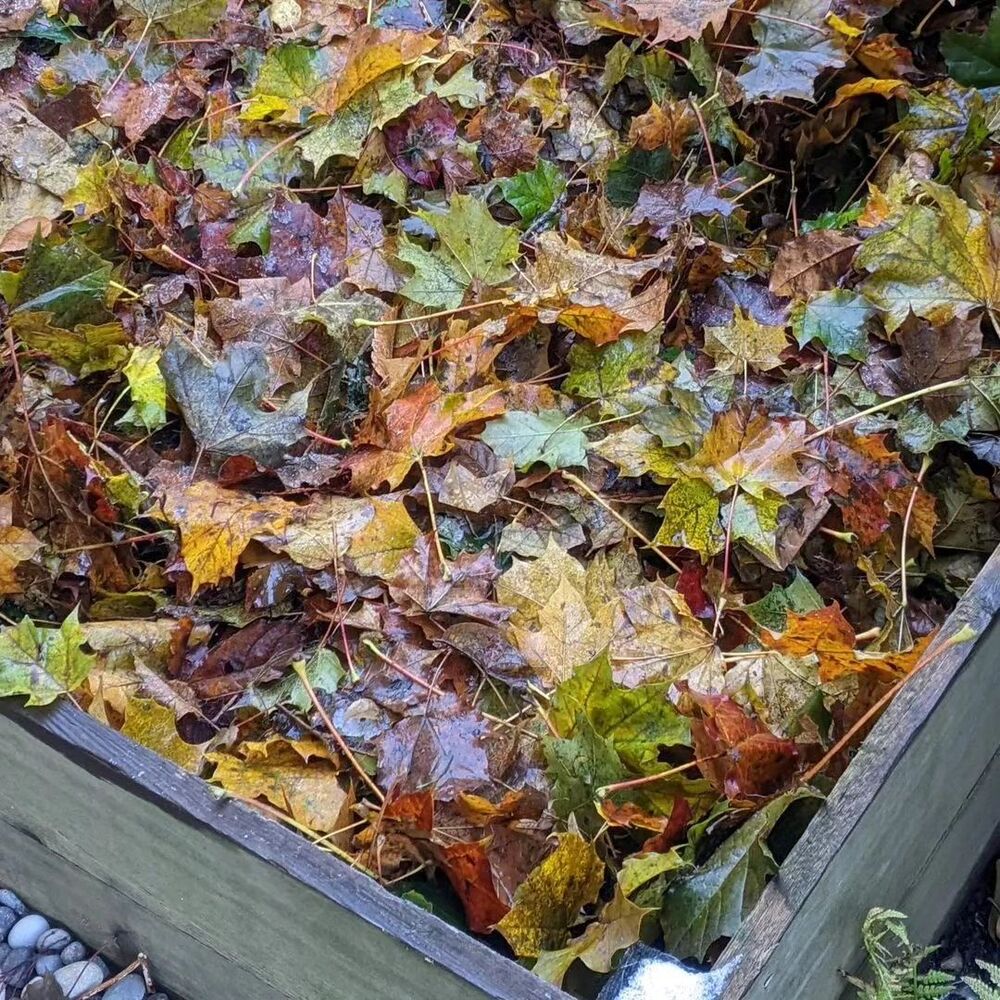
A Final Note on Garden Planning
Autumn is a season of change and reflection, a time when gardens can transition beautifully from the lushness of summer to the serenity of winter preparation. By understanding the data behind plant hardiness, bloom cycles, and native species, gardeners can make informed decisions that lead to a vibrant and healthy fall garden. Whether planting for color, texture, or sustainability, autumn offers endless possibilities for creating a space that brings joy throughout the cooler months.
Embrace the beauty of autumn gardening by carefully selecting plants that offer not just visual appeal but also resilience and low maintenance. This season, make data your gardening ally and enjoy a landscape that thrives all the way to winter’s doorstep.

